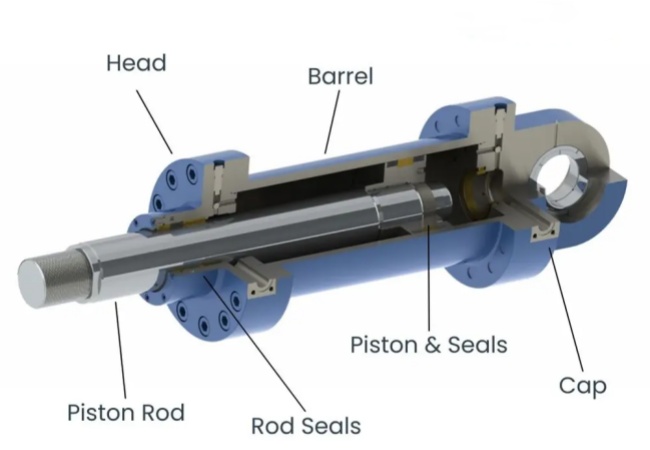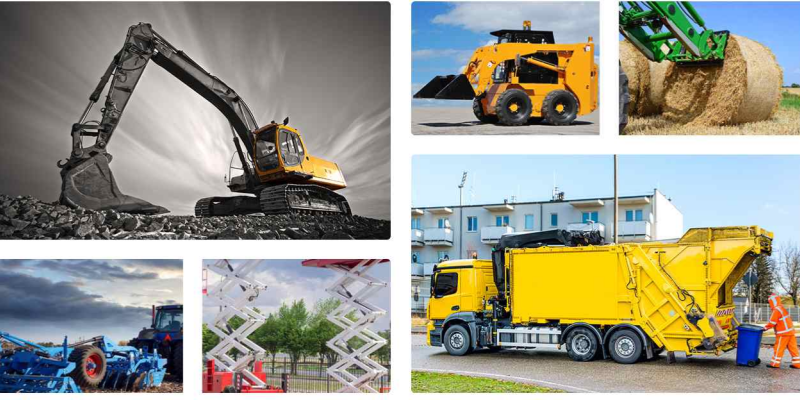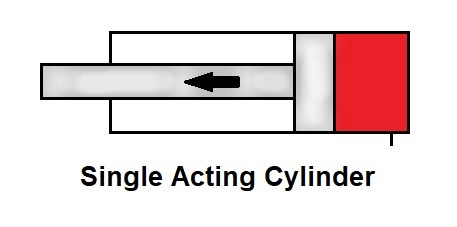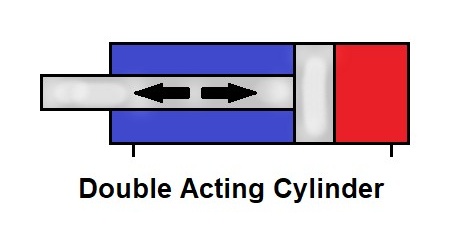What is a hydraulic cylinder?
Understanding Hydraulic Cylinders: The Backbone of Industrial Machinery
Hydraulic cylinders are pivotal components in the world of industrial machinery and heavy equipment. As a leading manufacturer of hydraulic cylinders, we at Aisoar Hydraulics believe in educating our clients and readers about the essential aspects of these powerful devices. In this article, we will delve into what a hydraulic cylinder is, how it works, and its various applications across different industries.
What is a Hydraulic Cylinder?
A hydraulic cylinder is a mechanical actuator that provides a unidirectional force through a unidirectional stroke. It is a crucial component in hydraulic systems, converting the hydraulic energy (fluid power) into mechanical energy. The primary purpose of a hydraulic cylinder is to create linear motion and force, enabling heavy lifting, pushing, pulling, and other movements in machinery and equipment.
How Does a Hydraulic Cylinder Work?
The working principle of a hydraulic cylinder is based on Pascal's Law, which states that when a fluid is confined in a container and subjected to pressure, the pressure is distributed equally in all directions. Here’s a breakdown of the main components and their functions:

- Cylinder Barrel: This is the main body of the hydraulic cylinder where the piston moves back and forth.
- Piston and Piston Rod: The piston is located inside the cylinder barrel, and the piston rod is attached to the piston. The piston rod extends outside the barrel to transfer the generated force to the intended machinery.
- Hydraulic Fluid: The fluid, typically oil, is used to create pressure within the cylinder. It flows into the cylinder through ports, creating pressure that moves the piston.
- End Caps: These caps seal the ends of the cylinder barrel, preventing fluid leakage and protecting internal components.
- Seals: Seals are used to prevent fluid leakage and maintain pressure within the hydraulic cylinder.
When hydraulic fluid is pumped into the cylinder, it creates pressure on the piston. This pressure causes the piston to move, which in turn moves the piston rod. The movement of the piston rod can be used to perform various tasks, such as lifting, lowering, pushing, or pulling.
Applications of Hydraulic Cylinders
Hydraulic cylinders are used in a wide range of industries and applications due to their ability to generate significant force and precise linear motion. Some common applications include:
- Construction Equipment: Hydraulic cylinders are integral to the operation of excavators, bulldozers, and loaders, providing the necessary force for lifting and moving heavy materials.
- Manufacturing Machinery: In manufacturing, hydraulic cylinders are used in presses, stamping machines, and injection molding machines to apply force and shape materials.
- Automotive Industry: Hydraulic cylinders are used in various automotive systems, including braking systems, suspension systems, and lifting equipment.
- Agricultural Machinery: Tractors, harvesters, and other agricultural equipment rely on hydraulic cylinders for various functions such as lifting attachments and adjusting implements.
- Aerospace and Aviation: Hydraulic systems in aircraft use hydraulic cylinders for controlling flaps, landing gear, and other critical components.

Types of Hydraulic Cylinders
Overview of Different Types of Hydraulic Cylinders
Hydraulic cylinders come in various designs, each tailored for specific functions and applications.
Tie Rod Style Cylinders
Characterized by their strong tie rods to provide additional stability. Common in industrial and manufacturing applications.
Welded Body Cylinders
Have a robust welded body, ideal for heavy-duty applications like agriculture and construction.
Telescopic Cylinders
Offer extended stroke capabilities, perfect for applications requiring a long range of motion, such as in dump trucks.
There are several types of hydraulic cylinders, each designed for specific applications and requirements:
- Single-Acting Cylinders: These cylinders apply force in one direction only. The hydraulic fluid pushes the piston in one direction, and a spring or external force returns it to its original position.

- Double-Acting Cylinders: These cylinders apply force in both directions. Hydraulic fluid is used on both sides of the piston, allowing it to move back and forth.

-
Telescopic Cylinders: These are multi-stage cylinders that provide a long stroke from a compact retracted length. They are commonly used in applications where space is limited.
How Hydraulic Cylinders Move and Operate
The operation of a hydraulic cylinder involves several steps:
- Fluid entry: Hydraulic fluid enters one side of the cylinder, pushing the piston.
- Piston movement: As the fluid pressure increases, the piston moves, creating linear motion.
- Force transmission: This motion is transferred to the piston rod, and then to the machinery.
Detailed operation mechanics
A hydraulic cylinder's operation is a marvel of engineering simplicity and efficiency. At its core, the cylinder uses pressurized hydraulic fluid, typically oil, to exert force. The cylinder consists of a barrel housing a piston connected to a piston rod. This piston divides the cylinder into two chambers: the cap end and the rod end. When hydraulic fluid enters one chamber, it pushes the piston, which then moves the rod in the opposite direction. This straightforward yet powerful mechanism allows for significant force to be applied in a controlled manner which is essential for a wide range of industrial applications.
The Role of Hydraulic Fluid and Hydraulic Pumps in Cylinders
Hydraulic fluid not only transmits force but also lubricates and cools the cylinder components. The hydraulic pump plays a critical role in maintaining the fluid under pressure, essential for the system's operation.
Why Choose Aisoar Hydraulics?
At Aisoar Hydraulics, we specialize in manufacturing high-quality hydraulic cylinders tailored to meet the specific needs of our clients. Our commitment to excellence, combined with our expertise in hydraulic systems, ensures that our products deliver reliable performance and durability.
Conclusion
Hydraulic cylinders are indispensable components in various industries, providing the necessary force and motion to perform a multitude of tasks. Understanding what a hydraulic cylinder is and how it works can help you appreciate its critical role in modern machinery and equipment. For more information about our hydraulic cylinders and services, visit our website at Aisoar Hydraulics.

AISOAR HYDRAULIC CYLINDERS
Hengxin Mansion, No. 588, Jiangnan Main Road, Changhe Street, Binjiang District, Hangzhou City, Zhejiang Province, China
TEL: +86-571-87920309
Email: sales@ai-soar.com
Website: www.aisoarhydraulics.com


 ES
ES RU
RU

